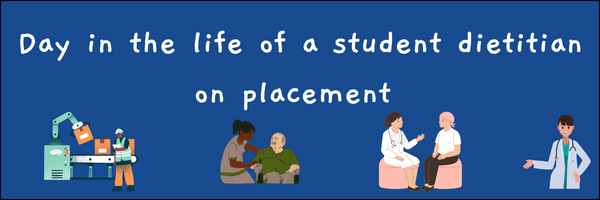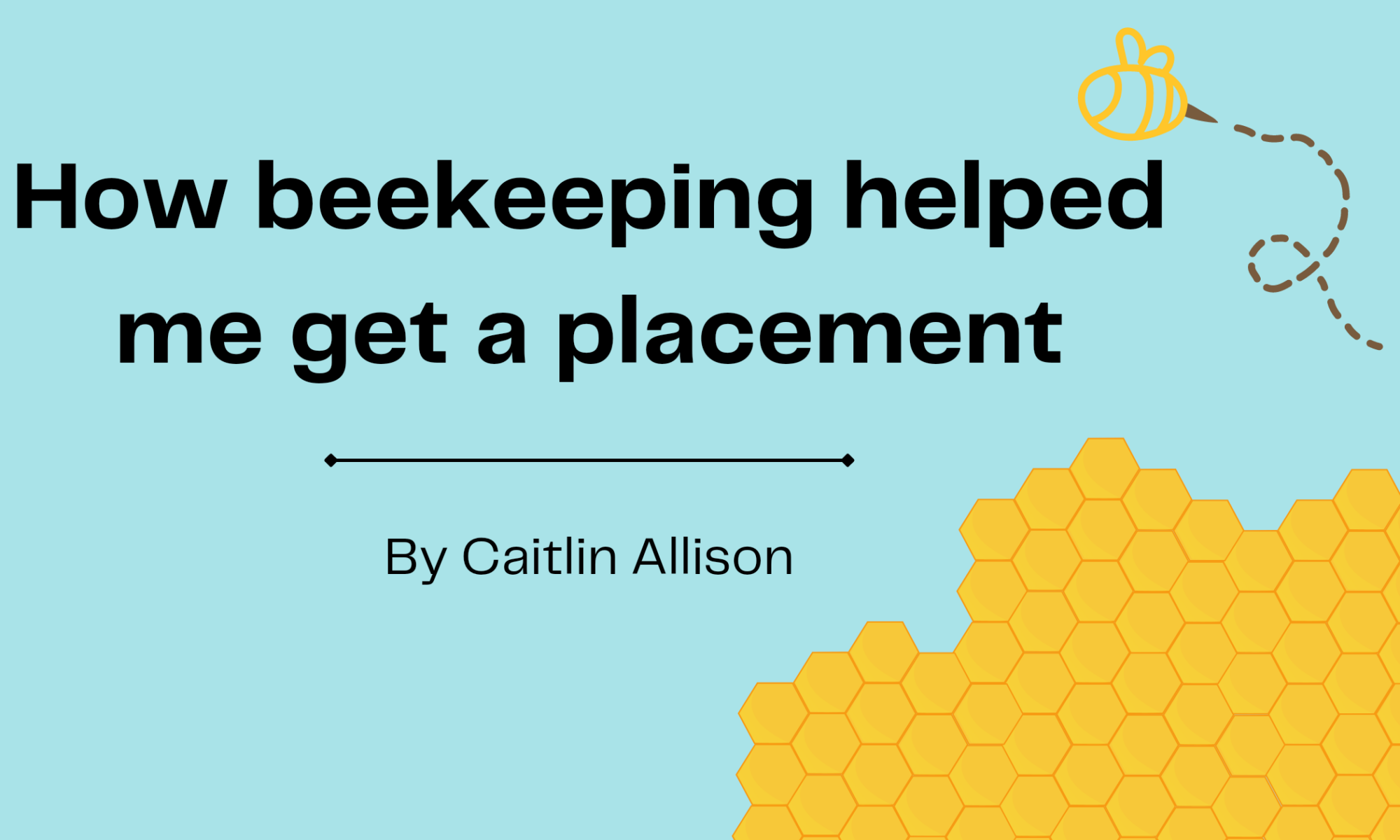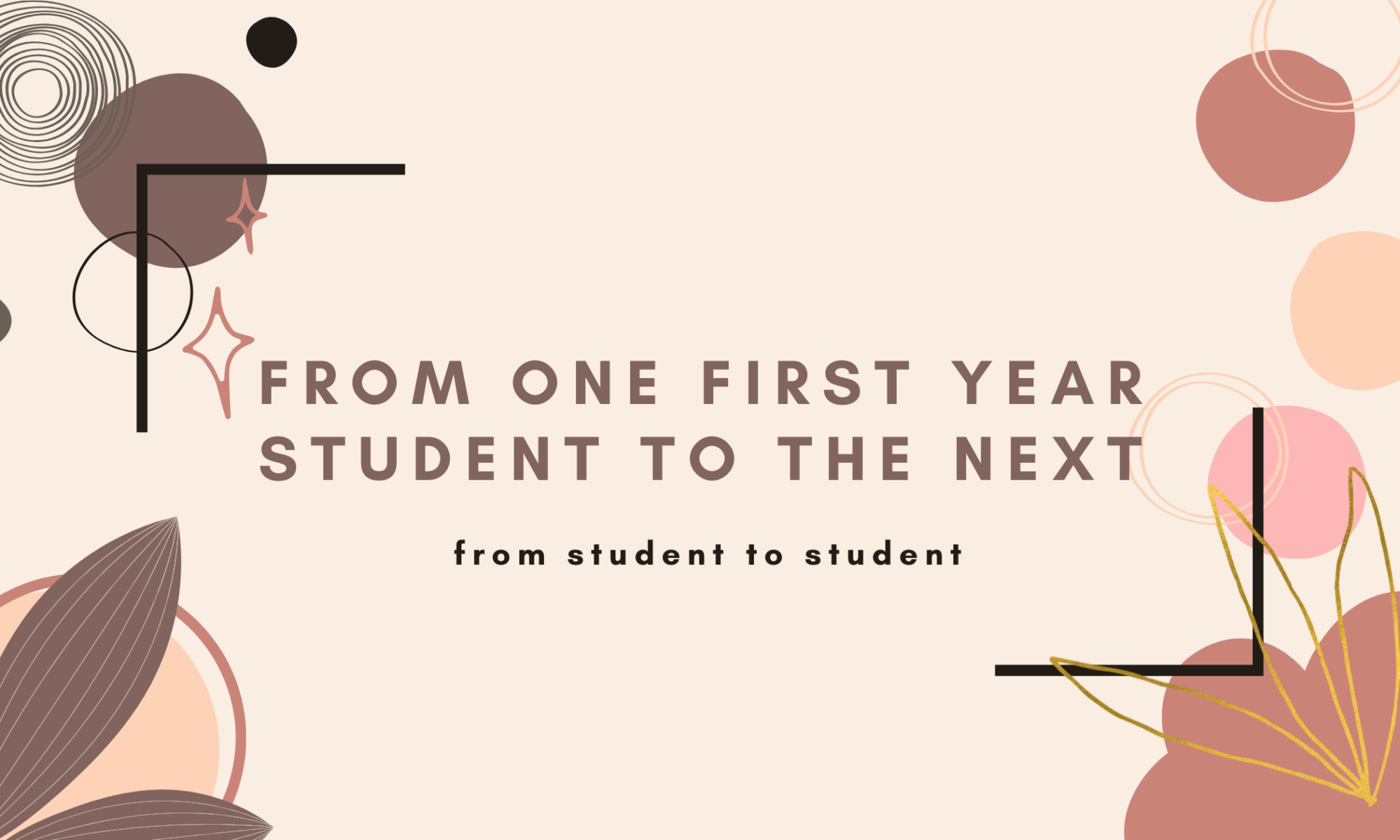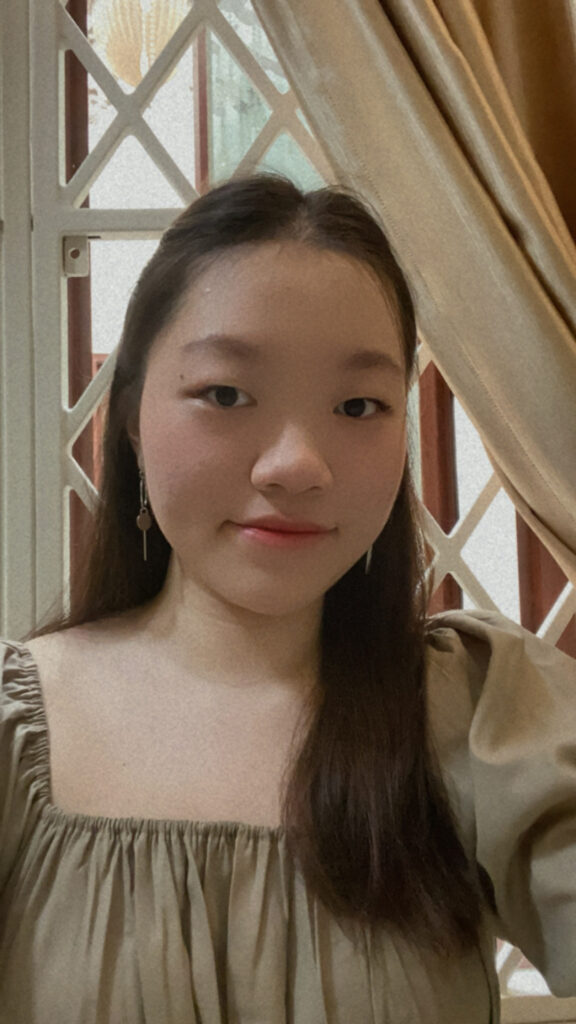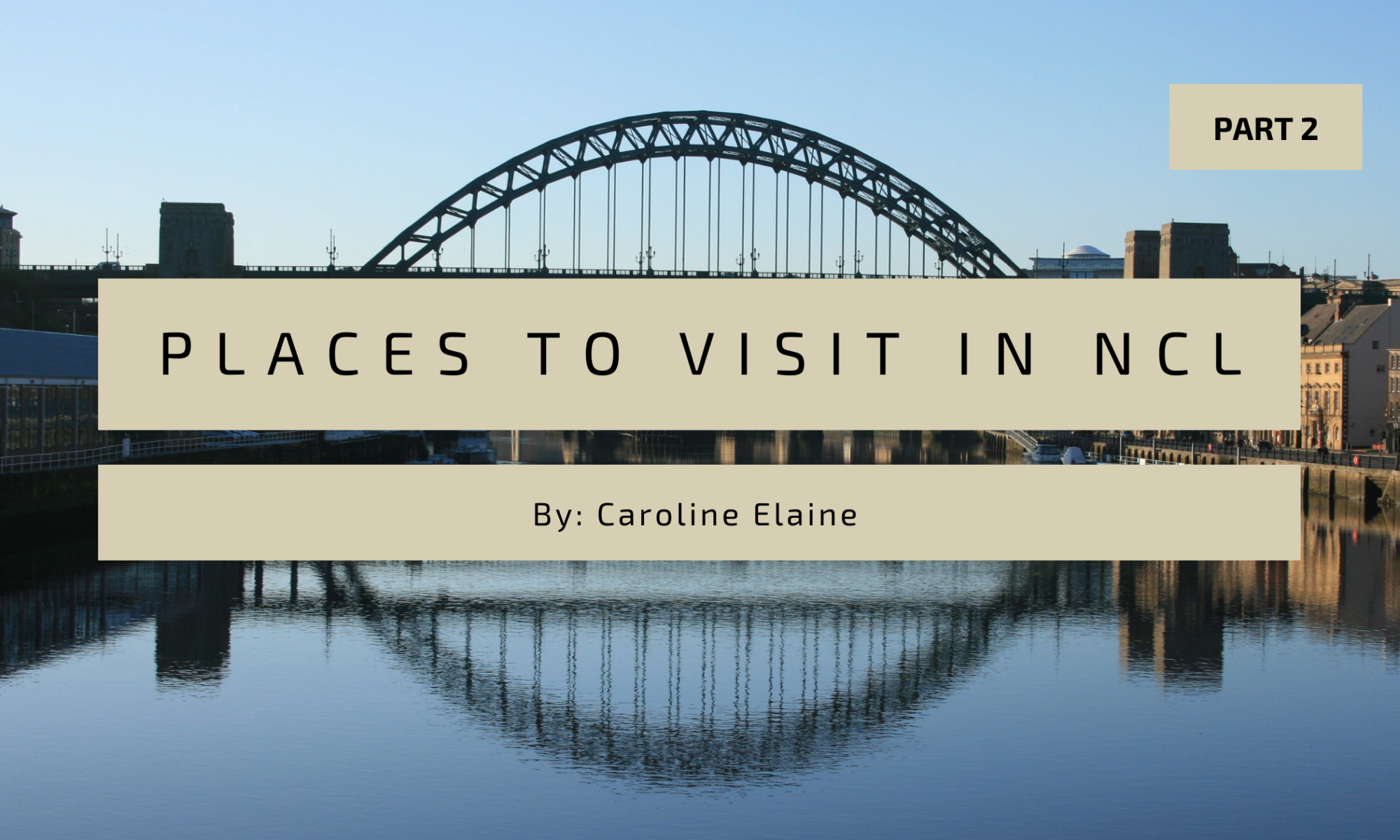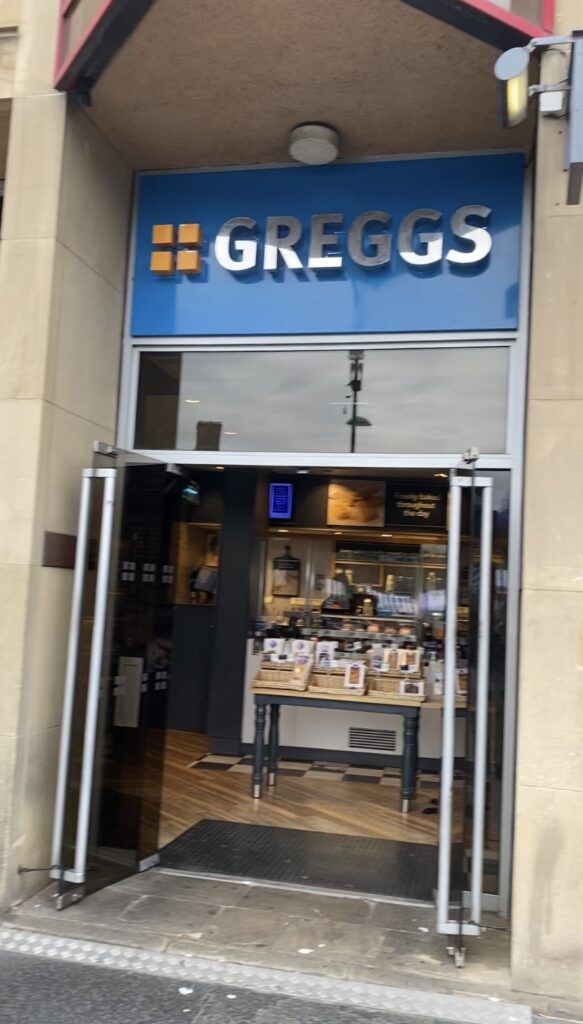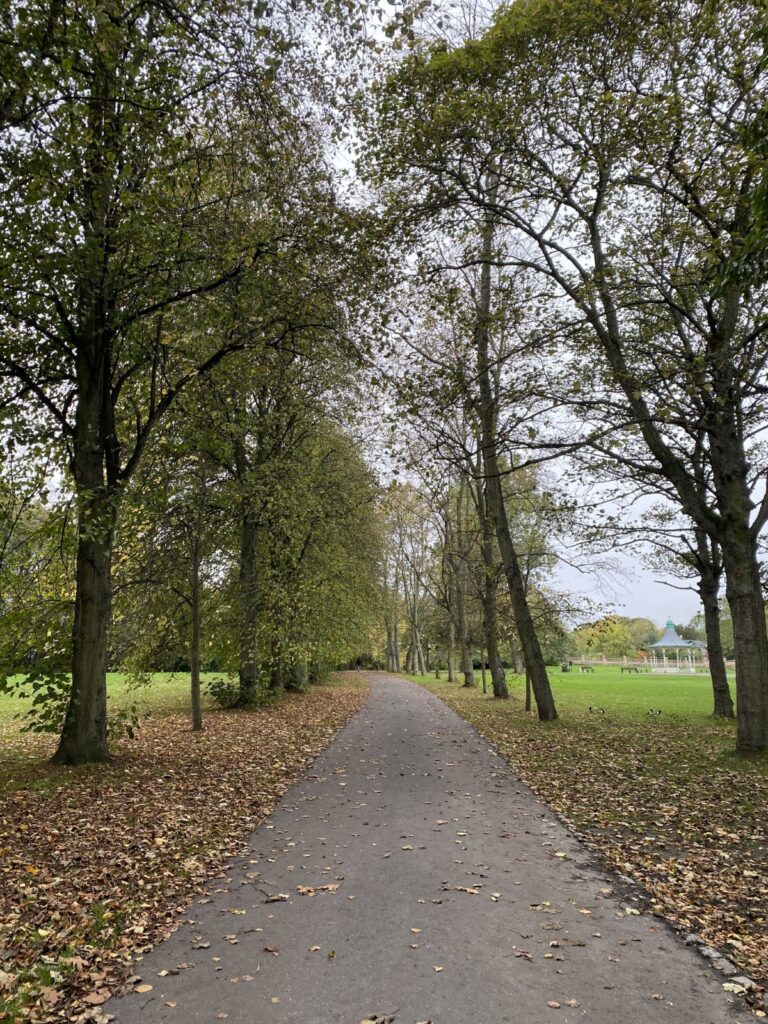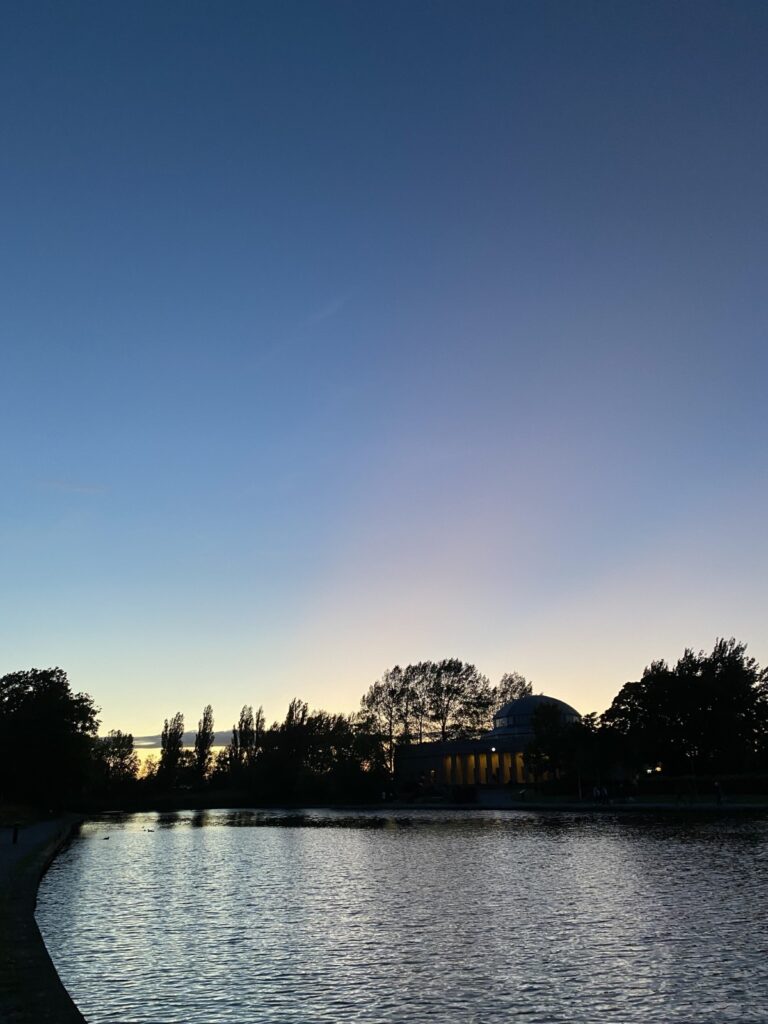By Anna Slater
I’m Anna, a stage 2 Dietetics student and a social media intern for the Biomedical, Nutritional and Sports Science school. Before Christmas we took part on a few placement experiences at care settings and also Simply Food Solutions, a company that specialises in making texture modified foods. As part our degree, we must partake in 1000 hours of voluntary placement to help teach us important skills and expertise to help us become better dietitians. During these two days I learnt values that are important to use when working as a dietitian, particularly with those who have dementia.
The care setting I was placed at is called St Anthony’s of Padua community centre for a day, which is a charitable organisation providing a wide range of care and support services enhancing the social and physical wellbeing of adults with mild-complex care needs such as dementia or impaired mobility. In the morning I was placed in the Day Service, where the service users come from 9-3pm for Breakfast and Lunch and to socialise with the other service users. We spoke to the chef in the Day Service kitchen and she discussed all the conditions she had to cater for. They had different rimmed plates – green and yellow. The green plates were for service users who had dementia, because it makes it easier for them to see the food on their plate. The yellow plates were for those who had to have levelled diets based on the IDDSI framework (International Dysphagia Diet Standardisation Initiative). The IDDSI framework describes a levelled system of food and was created for patients who have been diagnosed with dysphagia, which means they have swallowing difficulties.

The highest levelled diet they had to cater for was for a level 4, the consistency of which being pureed so they don’t require any chewing and promotes safe swallowing for the service user. The chef would purify the foods herself using a blender and would make sure that he had lots of food options that the service user could enjoy whilst maintaining a safe swallow. One of the service users was a type 1 diabetic who was injecting insulin, so they had to make sure that they had sugar-free options for dessert. I felt like this was a valuable experience because I really learnt how to communicate with empathy and how to approach conversations with people who have difficulty conversing. It was clear the positive impact that St Anthony’s had on the quality of life of the service users, and keeps them being able to socialise.
After lunch, I joined one of the staff members on their home visits. We went to a few houses with service users who had chronic conditions such as type 2 diabetes or who had had falls. The purpose of the carers was to assist the service users to check in on them and make sure they are eating, taking their medication, and also to help with any basic needs such as showering or washing. My role here was to ask the service user questions about their diet and how they manage their condition.
We then had a morning placed at the Simply Food Solutions factory in South Shields. Simply Food Solutions is a company that create texture-modified foods for patients with dysphagia. Dysphagia is a condition where the patients has difficulty swallowing. The main consumers are hospitals where they provide these products so the patients have a more enjoyable eating experience. The company’s primary objective is to produce food that meets home-cooked standards, making sure they are authentic and tasty. Each dish complies with the IDDSI guidelines for texture. We were given a tour of the factory, and we were required to wear protective gear including hair nets, shoe covers and special white coats, to comply with strict food hygiene regulations. You can see the outfit in its full glory in the picture below, and all layered up prepared for the cold freezer rooms!
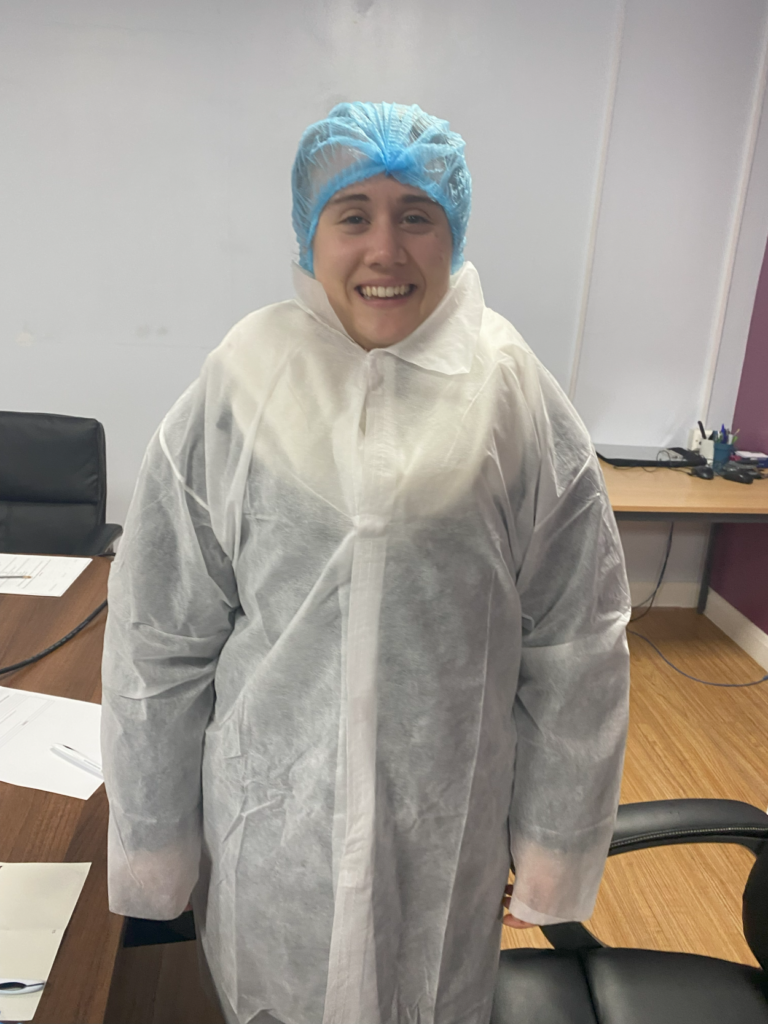
The first part of the factory was a huge cold storage freezer, which was a whole room! Separate freezer rooms were designated for meat, vegetables and dairy. It was so cold when we went in them, so it was a good job that we had layered up! We were then showed where the meals were prepared and cooked, and there were huge ‘kettles’ which held around 300 litres of water. The meals were cooked in these kettles, and then underwent a rapid cooling process in a blast chiller. Following this, they were transferred to large blenders equipped with blades designed to ensure that the food met the specified texture. Post-blending, the food was sent to packaging where individual workers carefully weighed each portion before automated machines sealed the packages. The final step involved placing the packaged items into blast freezers, preparing them for shipment to consumers. After the factory tour we were able to test the meals to make sure they met the necessary requirements by using certain utensils and seeing how the food behaved. We were given checklists that matched the IDDSI framework, and using forks and our fingers we had to assess the texture, appearance and thickness of the foods. We then tried to recreate these back in the food labs at university inspired by the foods we saw at Simply Foods Solutions.
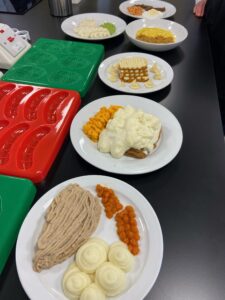
Overall, I thoroughly enjoyed these placement sessions, and I learned a lot about the importance of texture modified diets and how they can improve the quality of life with people with dysphagia. Despite the texture being different, the taste and appearance of food still has a huge impact on the enjoyment of eating. The more appetising the food looks, the more likely it is that the patient is going to eat it, which is very important to maintain a healthy weight and to avoid malnutrition, which is common with dysphagia. The texture is also important to prevent choking hazards. For me it also highlighted the importance of care settings like St Anthony’s providing places where older and isolated people can come together and socialise, which greatly improves their quality of life and morale. The most valuable skill I gained was the ability to communicate with all the service users and approach conversations despite certain barriers. These were two very enjoyable sessions and I am looking forward to my 1-week NHS placement in Easter, where I will be based in St Nicholas’ Hospital in Gosforth, where I will get a greater insight into what a Dietitian’s role within the hospital entails.
For more information on Dietetics and how to apply, visit Dietetics MDiet | Undergraduate | Newcastle University (ncl.ac.uk)
Links:
Overview – St Anthony of Padua Care Services – NHS (www.nhs.uk)
IDDSI – IDDSI – IDDSI Framework

